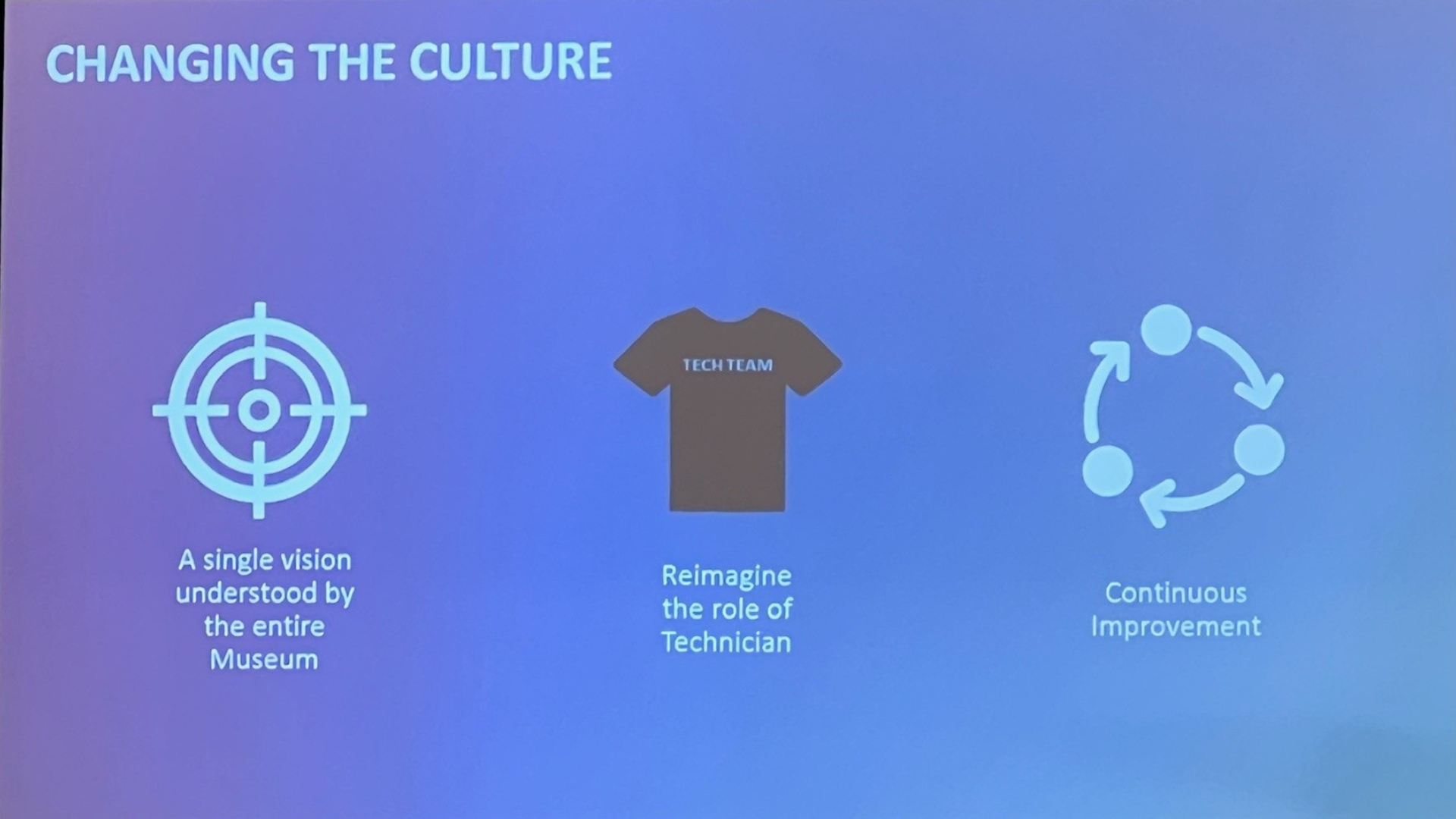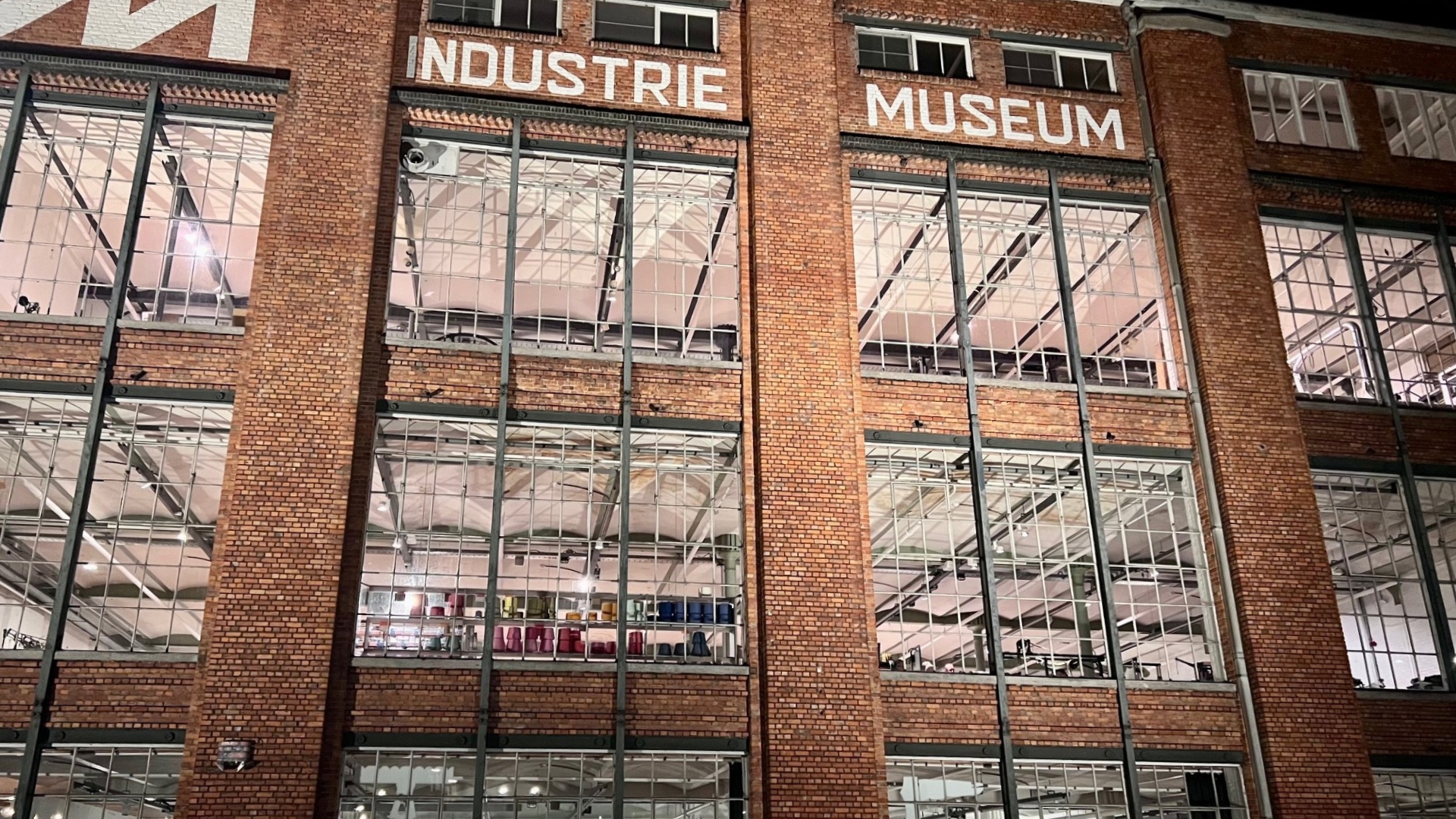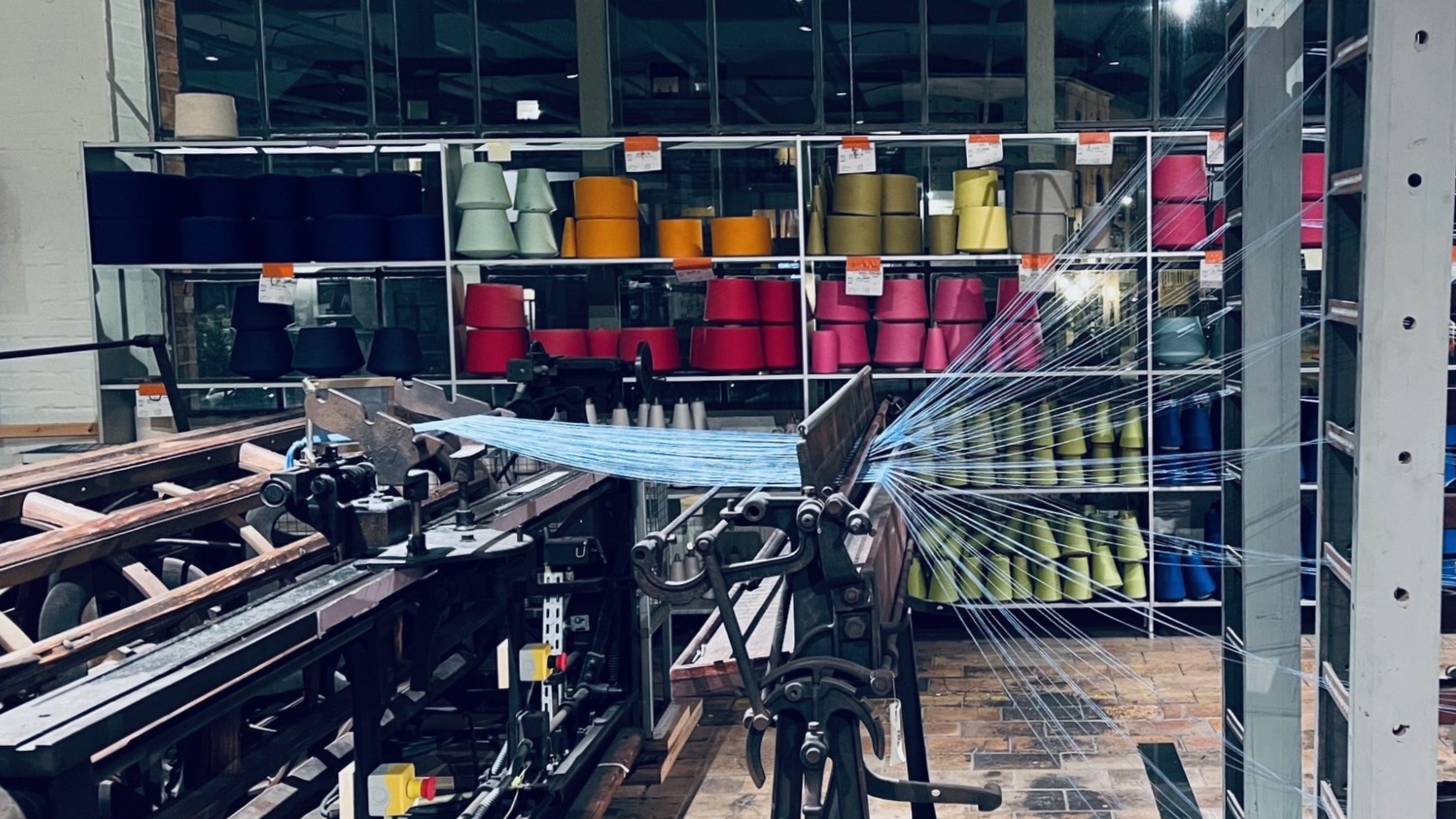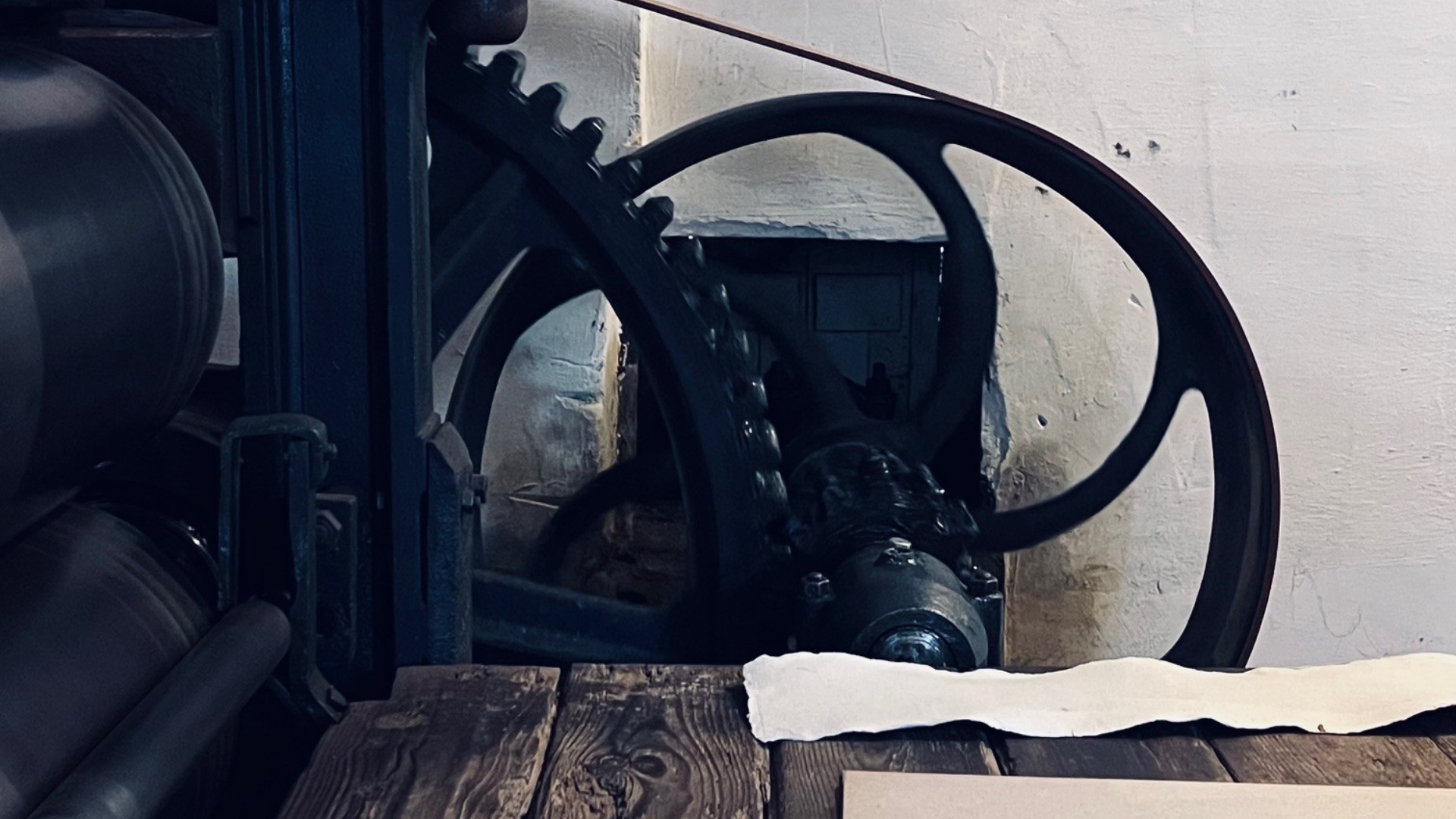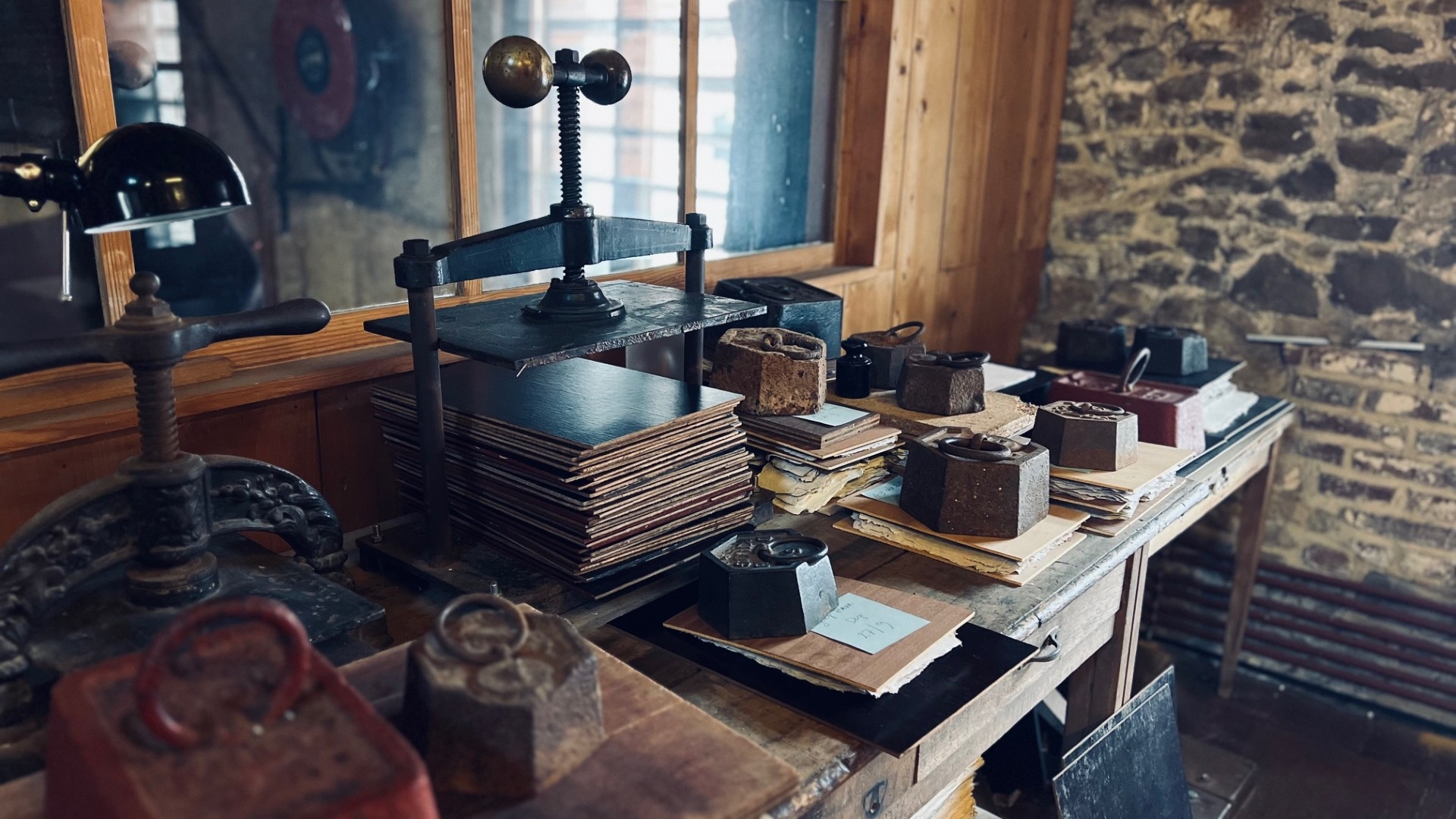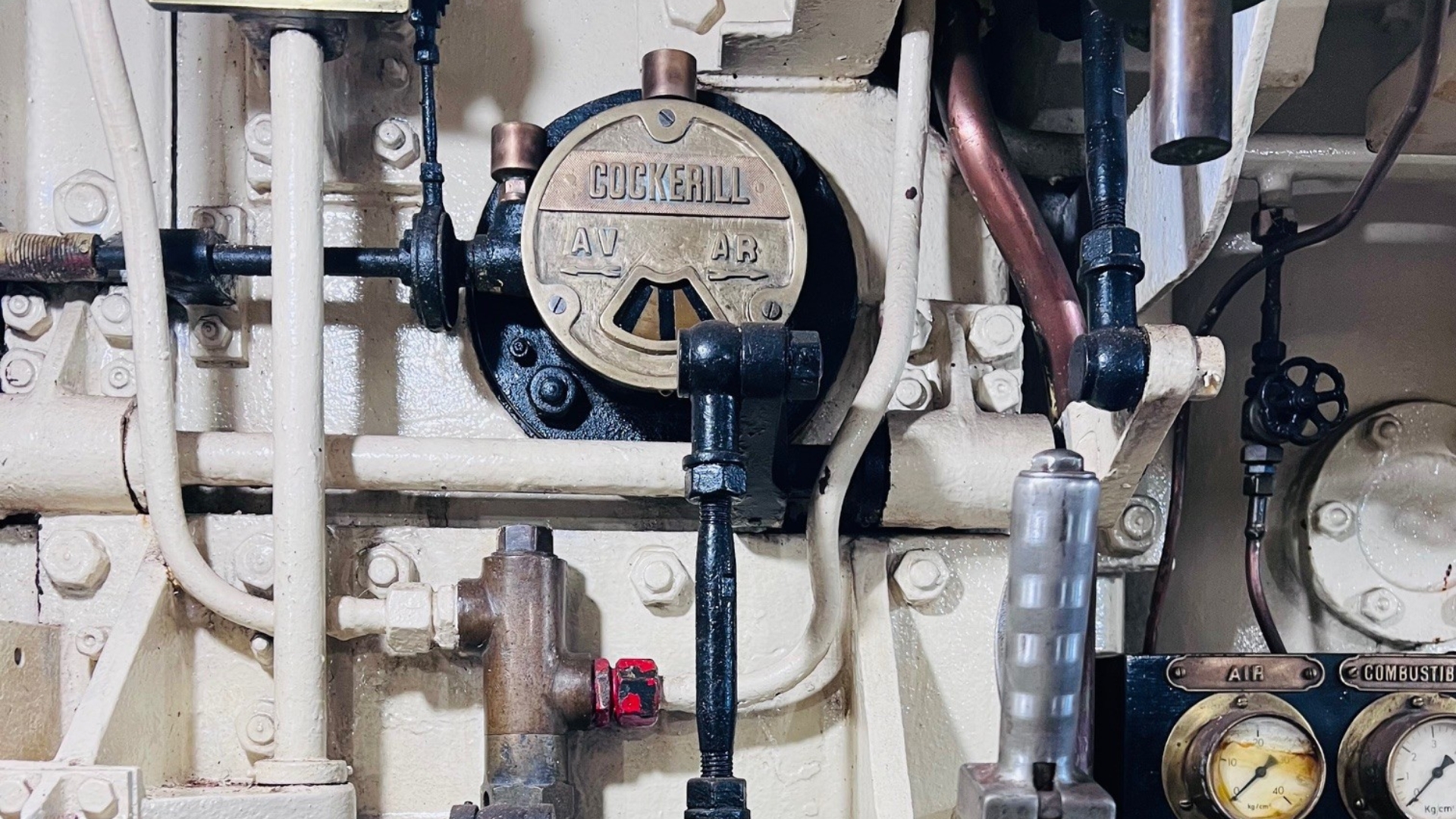From October 14 to 17, 2025, the Big Stuff conference, organized by the dynamic Big Stuff Heritage community and the ETWIE network at the Museum of Industry in Ghent, brought together industrial heritage professionals. Participants, mainly from Australia, the United Kingdom, and the Flemish region of Belgium, had the opportunity to exchange ideas on the conservation and interpretation of technical and industrial objects.
The conference highlighted the contemporary challenges of conserving industrial objects, which are often large, complex, and rich in technical memory. Several presentations addressed:
- The durability of materials and the challenges related to their restoration.
- Objects in transition, between obsolescence and reuse.
- Sensitive mediation around technical objects: how can we tell their story without freezing them?
- The importance of documenting the know-how associated with these objects, which is often disappearing.
A common thread emerged around the social value of industrial objects: beyond their materiality, they embody stories of work, innovation, struggles, and communities.
Key presentations
- Rodney Harrison | Industrial heritage for just green transition
The conference opened with a powerful keynote by Professor Rodney Harrison (Professor of Heritage Studies at the Institute of Archaeology, University College London), who examined the role of industrial heritage in a just ecological transition. He advocated for an approach to heritage that goes beyond material conservation by integrating issues of sustainability, social justice, and intergenerational transmission. For the CNCI, this presentation offers concrete directions: integrating ecological criteria into heritage enhancement projects, developing educational programs around the right to repair, and positioning heritage as a driver of social transformation. - Hannah O’Toole | Historic Working Machinery, from steam to cotton: our mission to retain skills and knowledge
Hannah O’Toole presented the preservation work on historic machinery, from steam to cotton, emphasizing the need to keep traditional skills alive. She showed that technical objects only gain meaning when understood in terms of their operation and use. This approach resonates with CNCI’s mission, particularly regarding the transmission of gestures and stories linked to industrial objects.
- Pieter Gurdebeke | The rise and fall of the West-Flanders Steam Engine Asociation : historical overview and lessons learned
Pieter Gurdebeke offered a historical overview of the rise and decline of the West-Flanders Steam Engine Association, highlighting community dynamics, challenges of transmission, and issues of sustainability. His presentation shed light on the lessons to be learned for heritage institutions: the importance of local engagement, documentation, and flexibility in mediation formats.
- Peter Van Wichelen presented a fascinating augmented reality project applied to the Baasrode Shipyards (More than real: using augmented reality to put machines back to work at Baasrode Shipyards), which makes it possible to virtually restart historical machines. This innovative approach opens up new perspectives for the CNCI: making technical objects accessible and understandable without physically handling them, while showcasing their operation and context of use.
- Morena Scaglia captivated the audience with her study on the craft of “Scauda Ciò” (The craft of ‘Scauda Ciò’: assembling metal bridges with nails), a traditional technique of assembling metal bridges with nails. She emphasized the importance of preserving these rare skills, which carry the intelligence of the hand and workers’ memory. This presentation echoes CNCI’s focus on intergenerational transmission and the promotion of technical trades.
- Catherine Cartmell & Jim Mitchell (Scotland) | A Well-Oiled Machine? Skills Succession in Scotland
Presentation on the mechanisms for transferring skills in heritage professions in Scotland, with a focus on institutional structures and local dynamics.
- Alison Wain (Australia) | New Ideas for Teaching Heritage Trades in Australia
An exploration of new educational approaches to teaching heritage trades, focusing on hands-on learning and interdisciplinarity.
- Jorijn Neyrinck (Belgium) | How to Forge the Skills for Crafting Futures – Experiences and Perspectives from a Belgian Living Heritage Bridgebuilder
A reflection on living heritage as a tool for social transformation, with particular attention to intergenerational transmission.
- Daniel Schneider (United States) | Preserving Worker Skills in the Industrial Manufacture of Wood Printing Type
A case study on preserving technical gestures in the industrial manufacture of wooden printing type, highlighting the importance of documentation and transmission.
- Jantiene van Elk & Michelle Baggerman (Netherlands) | Tilburg Textile Heritage: Trainees and One Point Lessons
A presentation of a textile heritage project in Tilburg, based on targeted training and simplified teaching methods for young learners.
- Vic Bervoets | From machines to hands: knowledge and skill transmission in Maker Spaces
This presentation highlighted the role of Maker Spaces as places of active learning, where machines are not only tools but also vehicles for intergenerational transmission. It emphasized the importance of experimentation, manual practice, and community in reclaiming technical knowledge.
- Karen Fisher & Mathilda Vaughan | Beyond steampunk: keeping heritage machines at Museums Victoria really moving
An inspiring look at how heritage machines can remain functional and alive in museums. Far from a static approach, the speakers presented strategies for keeping machines operational by involving technicians, volunteers, and the public in a dynamic conservation process. These two presentations in Antwerp enriched my reflection on the links between industrial heritage, skill transmission, and collective engagement.
Inspiring visits
- The Paper Mill of Herissem
Among the most memorable visits, that of the Paper Mill of Herissem was particularly enriching. This heritage site, a former paper mill, perfectly illustrates the challenges of in-situ conservation and the promotion of artisanal know-how. The visit provided an opportunity to discover still-functioning machines, traditional manufacturing techniques, and an immersive approach to industrial heritage. It reinforced the idea that transmission also takes place through direct experience, gesture, and material. - Evening at the Museum of Industry in Ghent
The evening organized at the Museum of Industry in Ghent offered a convivial and inspiring moment at the heart of the collections. It extended exchanges in a lively setting, where the exhibited objects became catalysts for discussions on memory, innovation, and contemporary uses of industrial heritage. This informal moment encouraged networking among professionals and strengthened ties between institutions. - Exploration of the historic port of Ostend
The off-site day in Ostend offered a complementary perspective on industrial heritage issues, between immersive technology and traditional craftsmanship. The afternoon was devoted to discovering the historic port of Ostend, where maritime heritage comes to life. Visits to the training ship Mercator and the rescue vessel Watson helped connect technical objects to their environment and use, within the logic of living heritage. - Steam Train Centre Dendermonde–Puurs
The visit to the Stoomtrein Dendermonde–Puurs was a highlight—a unique place where railway heritage comes alive thanks to the passionate commitment of volunteers. This center, entirely run by a local community, offers an immersive experience in the world of historical steam locomotives.This place is much more than a living museum: it is an inspiring example of living industrial heritage, where transmission occurs through direct experience, intergenerational sharing, and civic engagement. A fine demonstration of what a living memory ecosystem can be—accessible, educational, and profoundly human.
Reflections for CNCI
For the CNCI, Big Stuff 2025 opens up concrete perspectives:
- Strengthening the living documentation of objects (testimonies, videos, oral archives).
- Developing participatory mediation formats, especially for young audiences.
- Promoting networked objects, by connecting them with other institutions in the Greater Region.
- Exploring contemporary uses of industrial objects: design, art, reuse.
The conference also reminded us that conservation should not be static but conceived as a dynamic process serving transmission, dialogue, and transformation.
Author: Delphine Berthélémy | Head of Network

